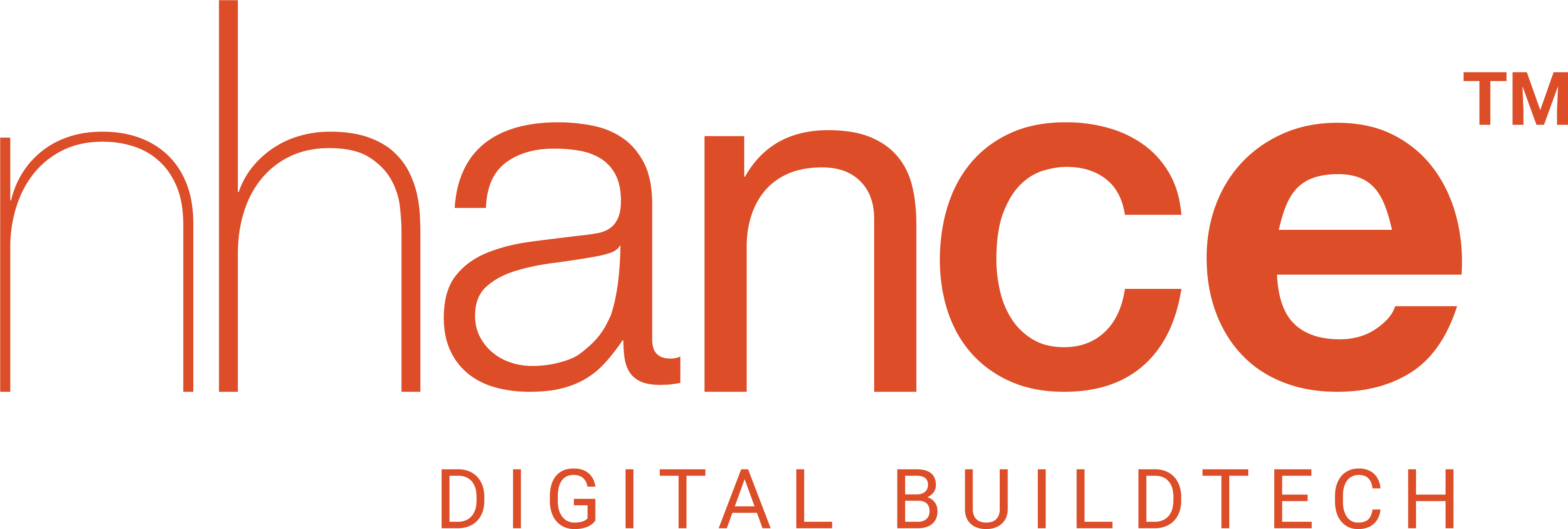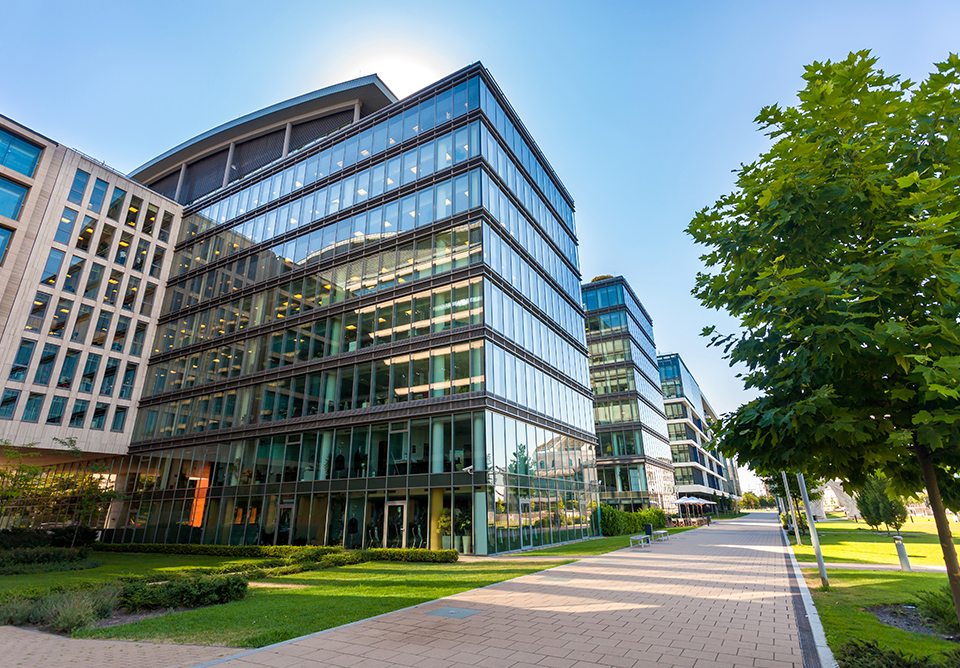Employees are eager to return to their workplaces after almost a one-and-a-half-year hiatus. Work from home may have aided them in staying safe at home, but it deprives them of face-to-face interactions and other general office benefits such as privacy. However, because the pandemic is not over, the returning remote worker’s top priorities are health and safety. Employers can protect their employees’ health while also increasing work productivity by reimagining the workplace. To achieve a safe, intuitive, and frictionless workspace, this would necessitate an investment in smart technologies.
According to a study, 49% of companies expected to invest in on-site health monitoring systems such as touchless fixtures and thermal imaging. Increased disinfection sessions aren’t the only physical changes in the workplace. Occupancy management, social distancing, contact tracking, air quality testing, and other major health and safety concerns are being addressed with technology and data analytics. Here are some suggestions for making your workplace safer and smarter!
Plan for a Smooth Transition: Digital technologies have now permeated almost every aspect of business operation as a result of the pandemic. Clients, employees, and partners are all adopting a digitally positive mindset. So, for a smooth transition, the office building should be digitally revamped as well! The first step is to create a plan that takes into account employee expectations as well as current health and safety guidelines. Employers should conduct extensive research on available digital technologies in order to select the best one for their needs and budget. Implement solutions such as integrated building management systems, which allow the HVAC, fire alarms, access control, security, and lighting of a building to be controlled from a centralised command centre. Such agile and intelligent systems use real-time insights to monitor and control the building’s ecosystem.
Enhance Existing Systems: Prior to the pandemic, some businesses had already implemented a variety of smart technologies to control safety and security, lighting, and health and hygiene. The utility of existing AI-guided systems can be increased. Crowd and visitor management systems, for example, can be used to track the movement of sick employees and track contacts. Depending on the occupancy of specific areas, monitor and measure air quality such as CO2 and harmful gases. In such a case, reimagining the workplace necessitates repurposing existing smart applications to create a safe and healthy working environment. Employers can also use a smart setup that syncs with existing applications.
Prioritize Smart Setups: Smart buildings are ideal, but it is acceptable, to begin with, small steps to ensure worker safety. A smart business will put immediate health and safety concerns first. Installing touchless entry and exit points, IoT-guided hygiene protocols, real-time occupancy management, and so on are some of the examples. Choose applications that are flexible and easy to use, and that can be integrated with other systems in the future.
Monitor Risks: Data collected by IoT and AI-powered systems can be used for predictive monitoring and management. Data analytics enables businesses to anticipate structural issues that may jeopardise employee safety. Long-term worker safety is ensured by preventing future occupational hazards through real-time risk monitoring. In the event of a medical emergency, IoT can also help to expedite rescue operations. Sensors and wearable technology can assist in tracking employees in such situations and laying out an evacuation plan in a timely manner.
Technology for Transparency: It is critical to instil confidence in returning workers about the health and safety standards at their workplace. Emerging technologies such as IoT and smart wearables enable vital information such as air quality, occupancy rate, and contact tracing to be delivered directly to employees’ smart devices. Workers should also be able to assess and report their own health. Having a care management adviser on staff allows the company to keep track of changing health and safety dynamics and offer fast solutions to prevent infection on the premises.
With the help of modern technologies, office spaces can be made more comfortable, safer, productive, and sustainable. The pandemic has focused attention on the future of offices. To entice employees back to the office in the new normal, employers will have to implement strict health and safety protocols like the nhance hygiene and health management system. Employees will expect touchless arrangements, uncrowded spaces, air quality monitoring, and smart assistants. All of these things will be required in the future workplace. Before reopening, employers must strategize, take stock of existing inventory, and implement new technological solutions to create a smart and safe office.








